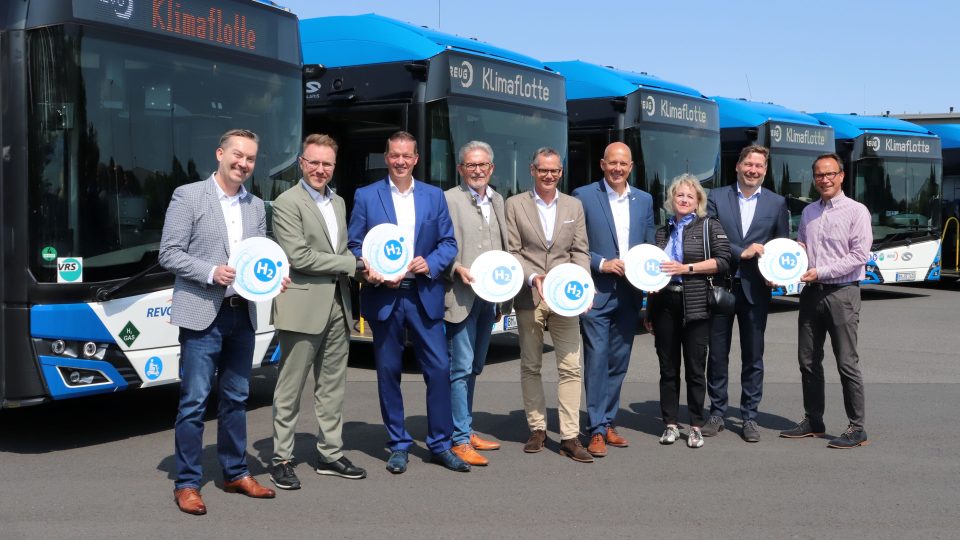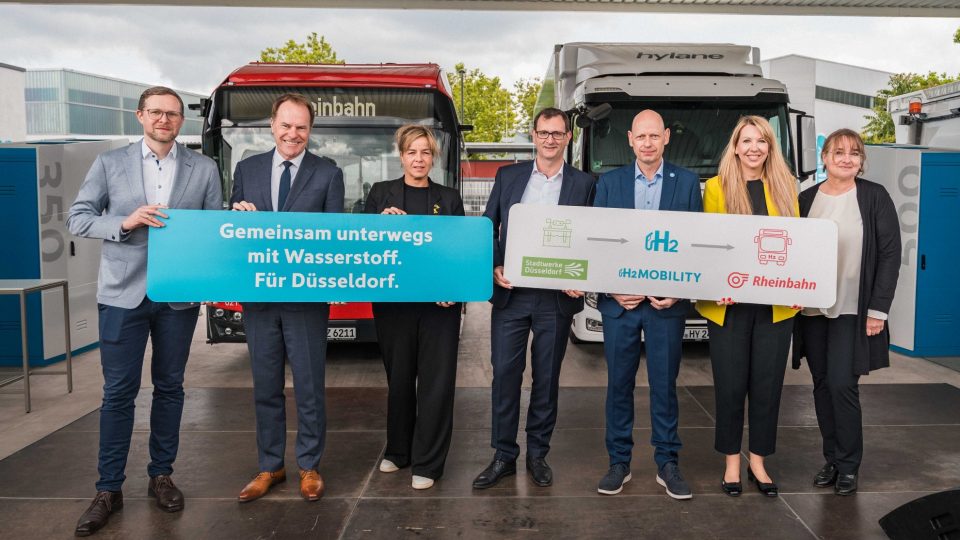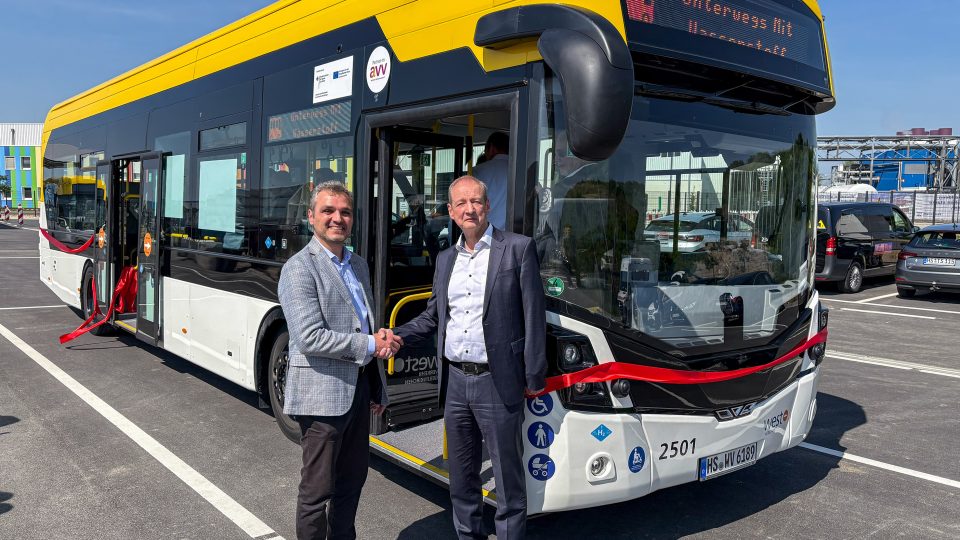Why do fuel cell buses also have a battery? [The Hydrogen Hub #2]
Below, a contribution from EMCEL, a German-based engineering company focusing on hydrogen, fuel cells and e-mobility.It’s the second of a series of articles on topics around hydrogen economy and applications.Feedbacks, questions and contributions are welcome (at info@sustainable-bus.com) The main benefit of a battery (high voltage battery) in fuel cell buses is the increase in efficiency through more efficient […]
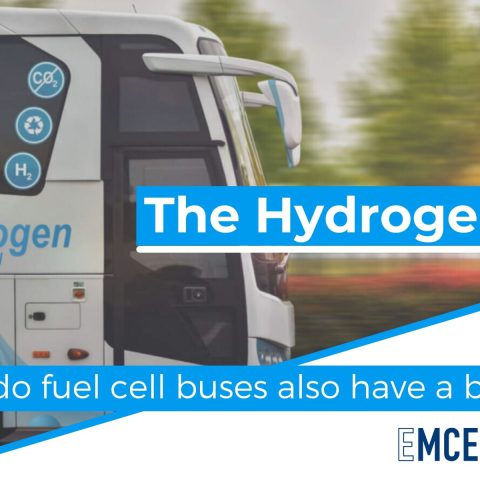
Below, a contribution from EMCEL, a German-based engineering company focusing on hydrogen, fuel cells and e-mobility.
It’s the second of a series of articles on topics around hydrogen economy and applications.
Feedbacks, questions and contributions are welcome (at info@sustainable-bus.com)
The main benefit of a battery (high voltage battery) in fuel cell buses is the increase in efficiency through more efficient energy management. The energy can be supplied flexibly from the fuel cell and battery. In addition to the main benefit of increased efficiency, however, there are other reasons.
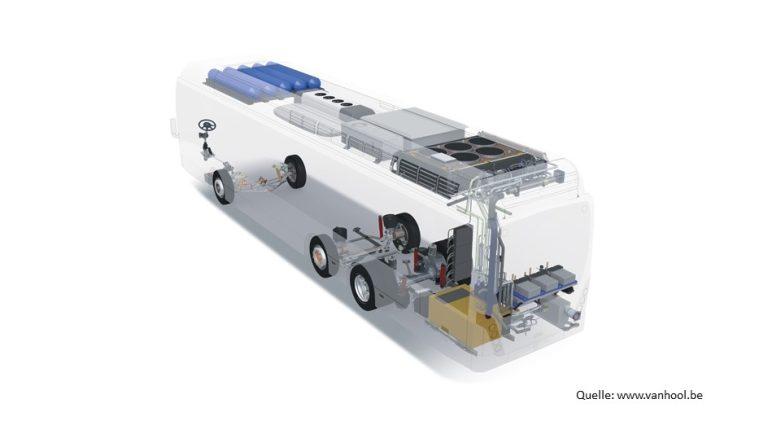
Reasons for a battery on fuel cell buses
The drivetrain of a fuel cell bus can be seen in the illustration above. The main components are the hydrogen tank, fuel cell, power control, (high voltage) battery and electric motor. The hydrogen from the tank is converted into electrical energy in the fuel cell together with atmospheric oxygen from the environment. The power control system (also energy management system) decides whether the energy in the battery is to be stored in the buffer or used directly for the drive. Thanks to efficient energy management, the electrical energy can be made available to the drive either only from the fuel cell, only from the battery, or from the fuel cell and battery together, depending on the power requirement during bus operation. The energy management system also ensures that a certain state of charge (typically 40-60%) is always available in the battery. After power control, the electrical energy is fed directly to the electric motor of the rear-wheel drive.
Benefits of the battery in a fuel cell bus
If the fuel cell is correctly designed, the fuel cell drive can also be operated without a battery, as fuel cell buses in the CUTE Project (field testing of 30 fuel cell buses in 10 cities in Europe from 2002 to 2007) have impressively demonstrated. However, the so-called hybridisation with a battery as a second energy storage device allows the energy to be provided more flexibly from the fuel cell and battery.
The greatest benefit is the increase in efficiency. This is possible both by recovering energy during braking (recuperation) and by efficient energy management. This is reflected in a higher range or reduced fuel costs.
A further benefit is the reduction of the load dynamic requirements on the fuel cell. If the power request increases sharply, for example during acceleration, the battery can provide power for the powertrain in addition to the fuel cell. This reduces the load on the fuel cell, which in turn increases its service life.
A combined operation of fuel cell and battery can also be used to reduce the needed fuel cell rated power. An optimized powertrain concept reduces costs and weight as well as the required space by single components.
It is clear that the battery plays an important and useful role in the powertrain of a fuel cell bus. It supports the fuel cell in providing the drive energy and ensures that excess energy is stored in the buffer. This not only improves the efficiency of the entire fuel cell bus but also brings significant cost benefits.




